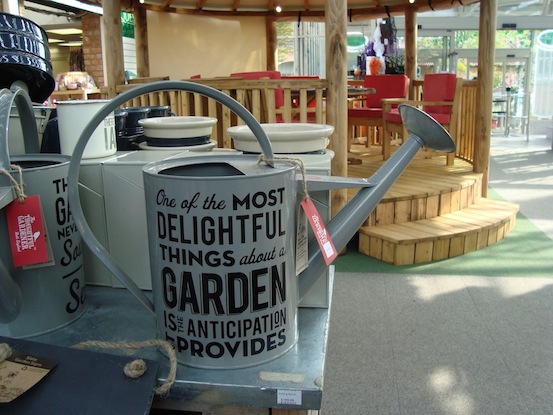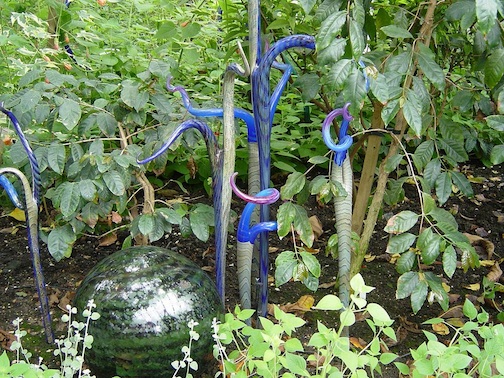
“A rose by any other name…”
Sometime ago, I witnessed a curious story on a gardening programme about an elderly couple, a pair of husband and wife, who loved each other very much. Together, they had brought up a nest full of children, and now have a tumble of grandchildren. Of course, there’s nothing out of the ordinary about all this.
What made their story curious was when we stepped into their garden. The first thing you notice was the fence that ran straight down the middle of the garden. In one half was a meticulously mowed lawn edged with majestic trees, a few of which must have been centuries old. In the other half, was a gravel path that twisted and turned, guiding us through a maze of carefully crafted meadows and a rainbow of flowerbeds.
“Well, this is a remarkable garden!” exclaims the presenter with his floppy hair and woolly jumper. “Or should I say, two remarkable gardens?” he chuckles. Because upon closer inspection, it was exactly that. Two gardens, lain side-by-side, each with its own gate into paradise and its own “Keep Out!” sign.
A Garden of One’s Own
It turns out that the husband loved trees and cared only for Nature’s skyscrapers. “The first thing everyone notices when they step into my garden, is that big oak in the back,” he said. “Their first question is, ‘How old is it?’ And when I tell them it’s 200 years old, they are very impressed. The older and taller the tree, the better.”
Next was the wife’s turn to walk us through the intricacies of her garden. “I prefer flowers to trees because I enjoy noticing every tiny change, from a single bud to a blossoming flower,” she said. “There’s a place for every little thing, including weeds in my meadow.”
After all this, the presenter, with his floppy hair and woolly jumper, then started quizzing the couple about their different approaches to gardening.
The wife smiles and replies, “Life happens all around us and it’s important to notice small changes so that we can nurture them into great medleys. For me, flowers are what defines a beautiful garden.”
The husband shakes his head and points first to his garden then that of his wife’s in contrast. “Flowers are insignificant in the grander scheme of things. What matters are the big structures because they give shape to what would otherwise be an unruly mess.”
Our Secret Gardens
For the longest of time, this encounter has intrigued me. It has made me think hard about the relationship between creations and creators. And, of course, the relationship among creators themselves.
To paraphrase Toyota’s perspective on quality, “the product you produce is a reflection of those who created it”. Likewise, in software development, “the quality of your codebase reflects the teamwork and organisation that produced it”.
All of this gives rise to a few vital questions. Why do so many of us think in terms of black- or-white (aka False Dichotomy) or what I call “Either-Or-Thinking”? Does it really have to be either trees or flowers that make a garden beautiful?
What about “And Thinking”? Could it be that trees and flowers would together result in an even more beautiful garden? Why? Because seeing the big picture (trees) and keeping it in mind is just as necessary as finer-grained details (flowers) for getting things done.
And the most important question of all if we are to achieve greatness beyond ourselves is this: How can we leverage each other’s strengths and weaknesses to help us achieve our goals more effectively and harmoniously?
After all, the pleasure of a garden comes from sharing it with those we truly love.
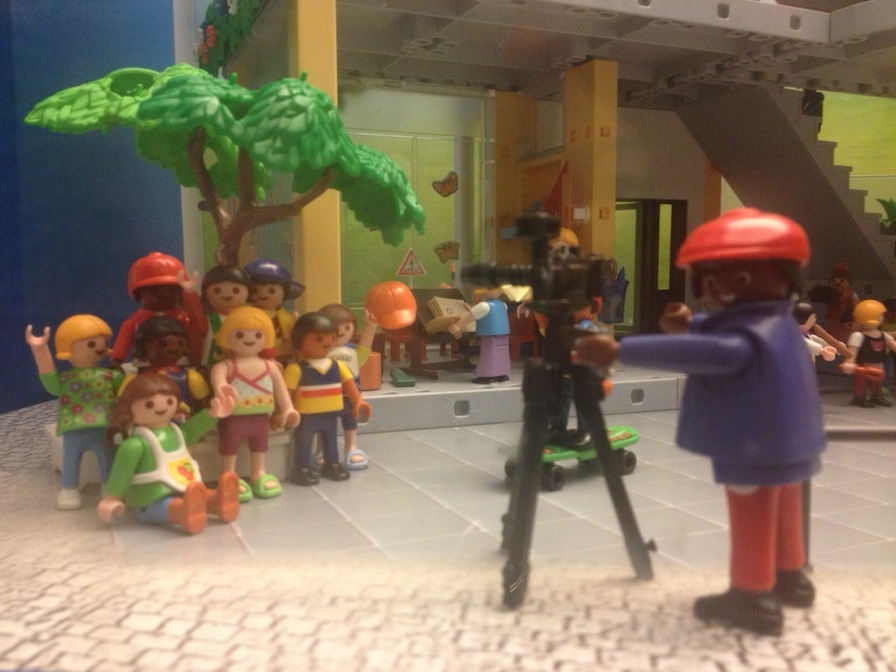
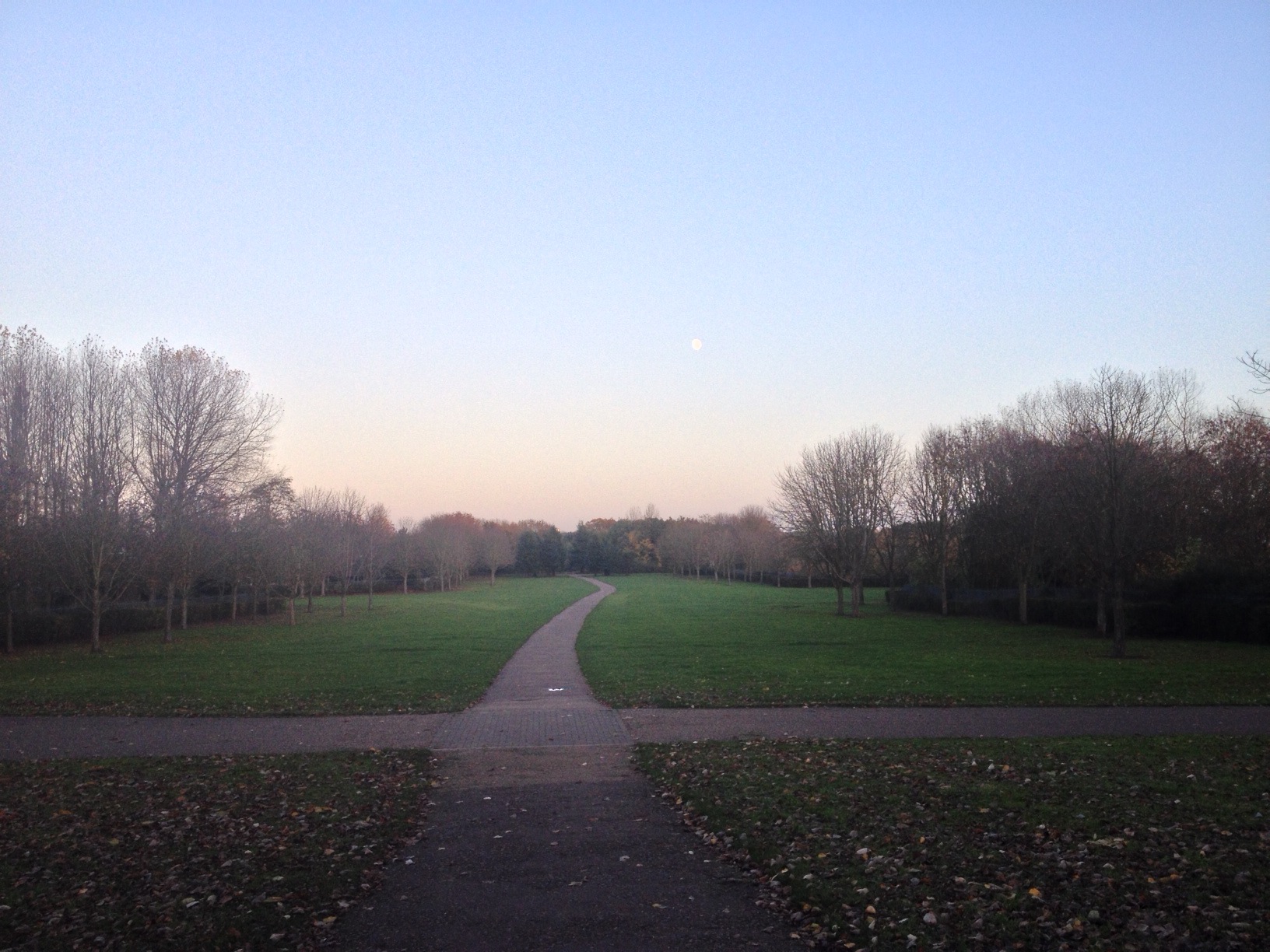
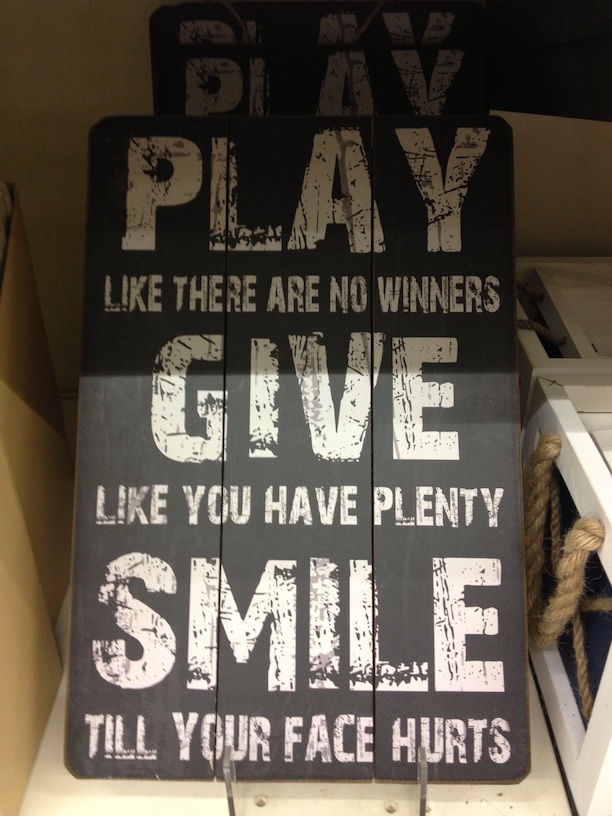
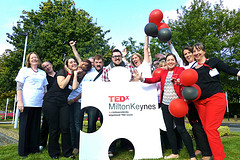 Team TEDxMiltonKeynes
Team TEDxMiltonKeynes

